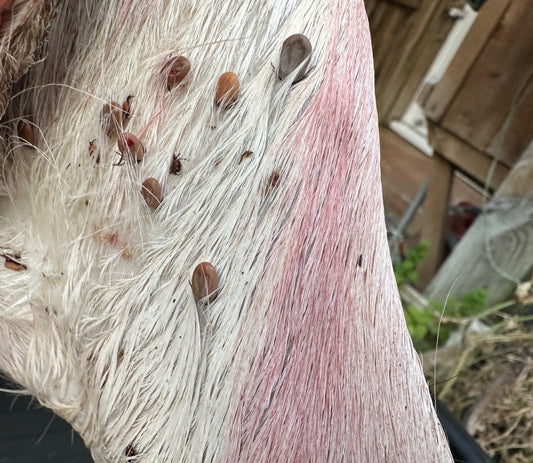In recent discussions surrounding the burgeoning deer population and its impact on the UK's natural habitats, there has been a surge in calls for reintroducing apex predators such as wolves and lynx. While the concept of natural regulation through predator-prey relationships is appealing in theory, the practical implications, especially in densely populated areas like Sussex, present a vastly more complicated picture.
https://news.sky.com/story/spiralling-deer-population-devastating-uk-nature-prompting-calls-to-reintroduce-wolves-and-lynx-13093150
The Romanticism Versus Reality of Predator Reintroduction
The idea of reintroducing wolves or bears into the UK landscape is often viewed through a lens of ecological nostalgia, aiming to restore a semblance of the 'wild' that once was. However, the potential consequences of such actions extend far beyond ecological impacts. Having witnessed the human-wildlife conflicts in Canada, where the presence of bears is a common reality, it's clear that introducing such predators into the UK would invite a host of complex, and perhaps insurmountable, challenges.

The Impact on Local Livelihoods and Safety
Consider, for a moment, the implications for areas not accustomed to coexisting with large predators. The thought of walking dogs or simply enjoying the countryside could become fraught with anxiety at the potential of encountering a wolf pack. Furthermore, the livestock industry, a vital part of the rural economy, would face significant threats. The impact on cattle and other farm animals could lead to economic losses and increased tension between wildlife conservation efforts and farming communities.
Human-Wildlife Conflict: Lessons from Abroad
My experiences in Canada have shown me the delicate balance required to manage human-wildlife conflict. Bears, while majestic, bring with them a suite of issues, particularly in areas where human populations encroach on their territories. The effort and resources required to manage these interactions safely and humanely are substantial, often involving complex strategies that go beyond simple coexistence.
A Call for Sensible Deer Management
The real answer to the UK's deer population challenge lies not in dramatic measures but in responsible, well-planned deer management. This includes supporting landowners both financially and with expertise to implement sustainable deer control measures. It's about creating an integrated approach that combines practical population management with habitat restoration and public education.
Financial and Manpower Support: Essential for Effective Management
Effective deer management requires more than just funding; it needs a concerted effort involving skilled manpower, community engagement, and strategic planning. Financial support should be directed towards initiatives that have proven effective and are based on sound ecological principles. This includes everything from controlled culling to the creation of habitats that can support a balanced deer population without tipping the scales of the ecosystem.

While the reintroduction of predators like wolves and bears into the UK might seem like a natural solution to deer overpopulation, the reality is fraught with challenges that could outweigh the benefits. The focus should instead be on enhancing deer management practices, providing the necessary support to landowners, and fostering a landscape where deer and humans can coexist sustainably. By adopting a measured and informed approach, we can address the ecological concerns without resorting to measures that introduce new complexities into our countryside.





